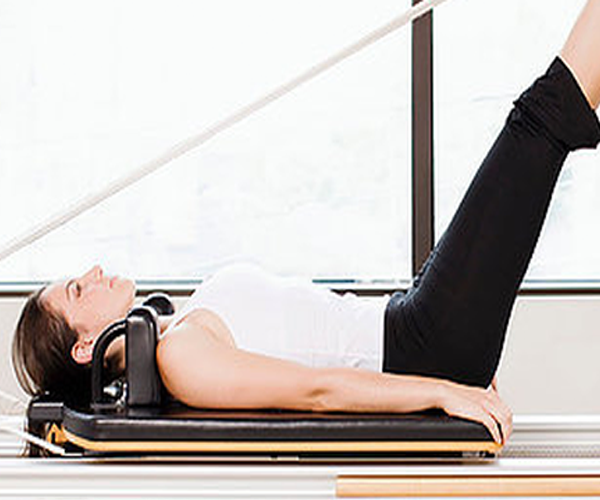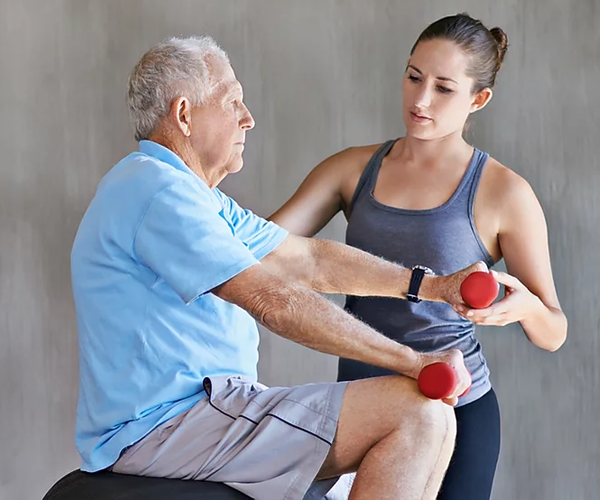Having a baby, or of course if you’ve had one. Pilates is just what you need.
Your body goes through lots of changes when pregnant:
- Increased Heart Rate and increased blood volume
- Your lung capacity decreases by 5%
- Your chest widens by 2cm and diaphragm raises by 4cm
- Your stomach lifts upwards to make room for the uterus
- Hormonal changes; relaxes muscles and ligaments and changes the fibres within the muscles.
- Postural changes; displacement of trunk causes the bottom muscles (glutei) to switch off, waddling gait and decreased pelvic stability.
Pilates can help keep your muscles engaged, stretched and toned. It enables you to breathe property. Another huge benefit is working your pelvic floor. Learning how to contract and relax your pelvic floor can reduce the damage during labour. Also toning your pelvic floor after the birth is very important to prevent leakage from your bladder and bowel. In the longer term pelvic floor exercises can safeguard against incontinence, haemorrhoids and prolapse. Pilates is beneficial for everyone and never too late to learn.
To engage your pelvic floor, place your fingers onto your hip bones, then move in a few centimetres and down, so your hands are gently just above your pubic bone. Now start to lift and squeeze your muscles around your back passage, lifting all the way to around the front. You should feel and perhaps see your fingers draw in. Another way is to imagine that your stopping the flow or urine. NOTE: DO NOT ACTUALLY DO THIS WHILST PASSING URINE.
Now that you know how to activate them, you need to slow contractions and fast contractions.
SLOW contractions – to build the ongoing tone of your pelvic floor muscles.
- Engage your pelvic floor for an effort 3/10 and hold for as many seconds as possible, maximum of 10 seconds.
- Repeat as many as possible, ideally 10.
- Keep the rest of your body relaxed.
FAST contractions – build strength to help them to react quickly, when you laugh, cough or participate in higher level physical activates.
- Quickly contract muscles and hold 1 second and relax
- Repeat 10 times.
- Aim to do 3-6 times per day, in a variety of positions. Try to get into the habit of contracting your pelvic floor muscles during laughing, sneezing and other day to day activities. This will train your neuromuscular system to switch on automatically.
Mobility Physiotherapy can teach pre and/or post Pilates on a 1:1 or 2:1 in the comfort of your own home.
We can help with improving diastasis recti, prolapse and Symphysis Pubis Dysfunction (SPD)
A full Pilates and Physiotherapy assessment is carried out prior to commencing Pilates.
CONTACT ME FOR FURTHER DETAILS.
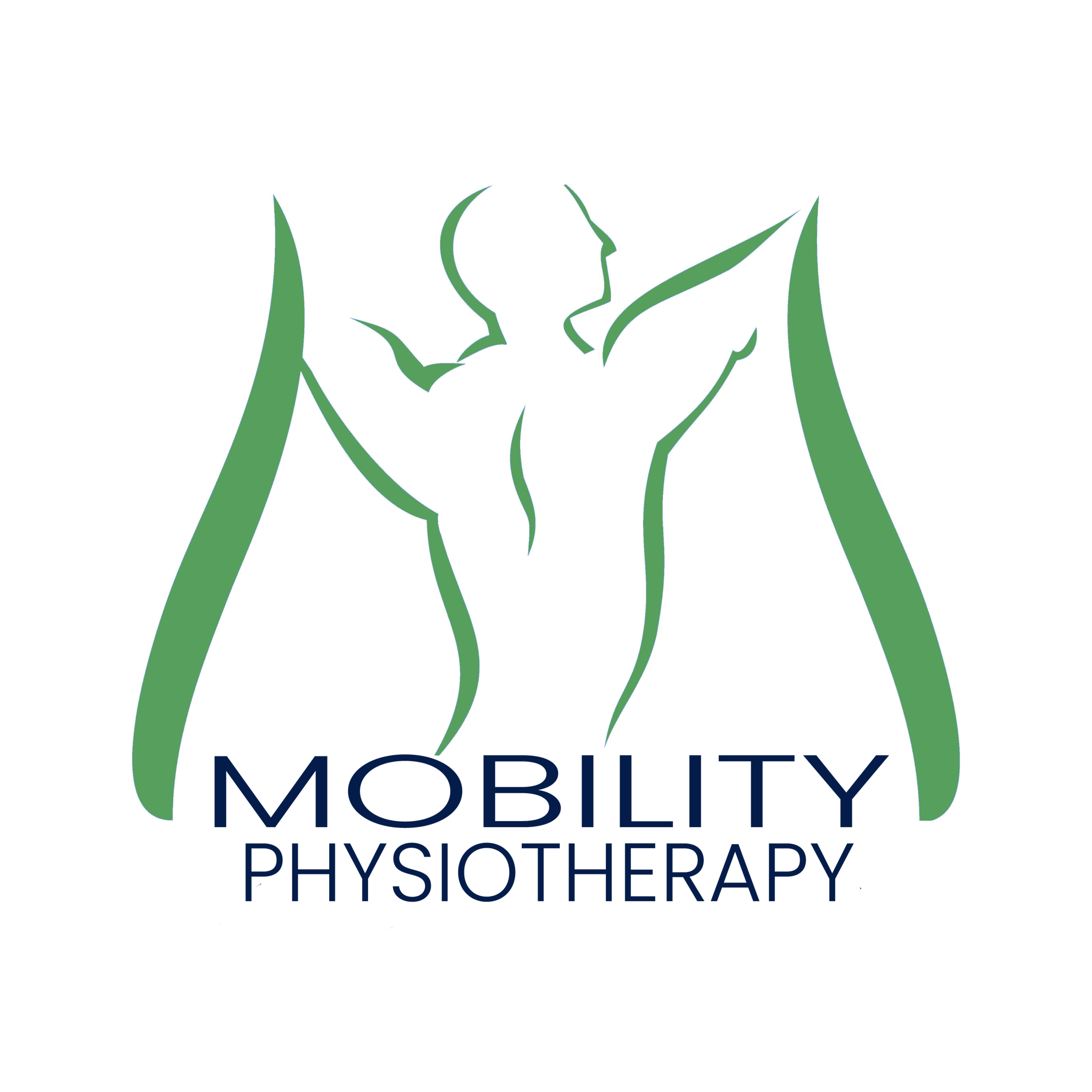
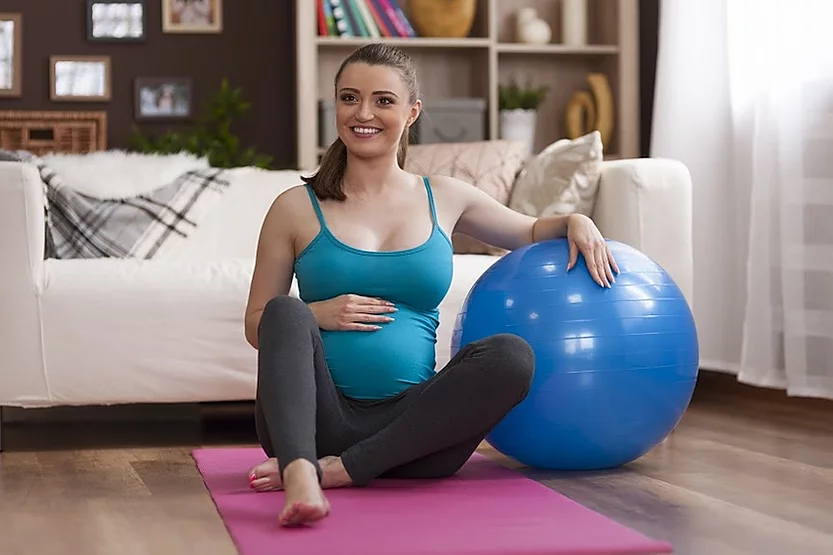
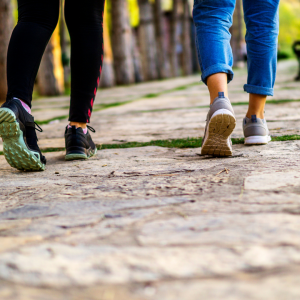

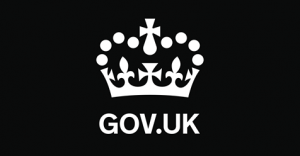
 This page contains the current position that Mobility Physiotherapy Limited is taking based on the latest government and our professional body guidance to ensure the health and safety of our patients.
This page contains the current position that Mobility Physiotherapy Limited is taking based on the latest government and our professional body guidance to ensure the health and safety of our patients.